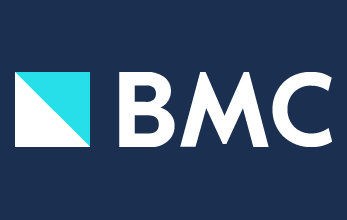Background
Providing an equitable Universal Health Coverage (UHC) is key for progressing towards the sustainable development goals in the health systems. To help policymakers make hypertension services more equitable with existing (limited) resources in Iran, we examined the inequality of the prevalence, awareness, treatment, and control (PATC) of hypertension as the four indicators of hypertension UHC in Iran.
Methods
This research was a cross-sectional study of inequality of PATC of hypertension using a representative sample of Iranians aged ≥ 25 years from the Iran 2016 STEP wise approach to Surveillance study (STEPS). Outcome variables consisted of PATC of hypertension. Covariates were demographic (age, sex, and marital status) and living standard (area of residence, wealth status, education, and health insurance) indicators. We drew concentration curves (CC) and estimated concentration indices (C). We also conducted normalized Erreygers decomposition analysis for binary outcomes to identify covariates that explain the wealth-related inequality in the outcomes. Analysis was conducted in STATA 14.1.
Results
The normalized concentration index of hypertension prevalence and control was -0.066 (p < .001) and 0.082 (p < .001), respectively. The C of awareness and treatment showed nonsignificant difference between the richest and poorest. Inequality in the hypertension prevalence of females was significantly higher than males (C = -0.103 vs. male C = -0.023, p < .001). Our analyses explained 33% of variation in the C of hypertension prevalence and 99.7% of variation in the C of control. Education, wealth index, and complementary insurance explained most inequality in the prevalence. Area of residence, education, wealth status, and complementary insurance had the largest contribution to C of control by 30%, 28%, 26%, and 21%, respectively.
Conclusions
This study showed a pro-rich inequality in the prevalence and control of hypertension in Iran. We call for expanding the coverage of complementary insurance to reduce inequality of hypertension prevalence and control as compared with other factors it can be manipulated in short run. We furthermore advocate for interventions to reduce the inequality of hypertension control between rural and urban areas.



No responses yet